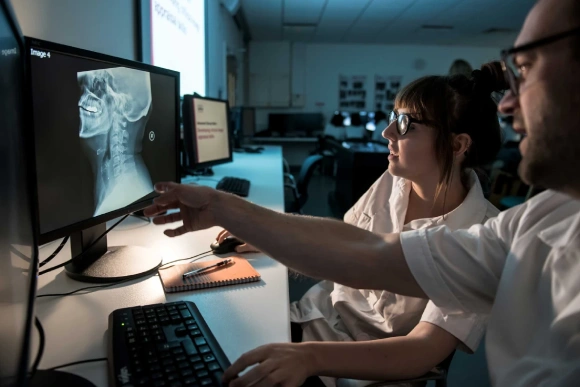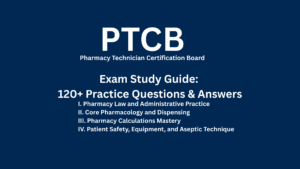
Requirements
To pursue a career as a Limited Scope X-Ray Technician, you will need to meet certain requirements. While specific requirements may vary by state and employer, here are some common prerequisites:
- High School Diploma or GED: A high school diploma or GED equivalent is typically the minimum educational requirement for entry into a Limited Scope X-Ray Technician program.
- Age Requirement: Most programs require students to be at least 18 years old, although some may have a higher age requirement.
- Background Check: Due to the sensitive nature of the work, prospective LSXTs may be required to undergo a background check before being accepted into a program.
- Immunizations: Many programs require students to be up-to-date on immunizations, including vaccines for diseases like Hepatitis B and Tuberculosis.
- Physical Fitness: LSXTs may need to meet certain physical fitness requirements to ensure they are able to perform the job duties safely.
Skills
In addition to meeting the requirements, there are several skills that are essential for success as a Limited Scope X-Ray Technician. Here are some of the key skills:
- Technical Aptitude: As an LSXT, you will need to have a strong understanding of medical imaging technology and be able to operate X-ray equipment effectively.
- Attention to Detail: Accuracy is crucial in producing quality images for diagnostic purposes. Paying close attention to detail and following protocols precisely is essential.
- Communication Skills: LSXTs often work directly with patients, explaining procedures and ensuring their comfort. Strong communication skills are necessary to effectively interact with patients of all ages and backgrounds.
- Problem-Solving Abilities: In some cases, LSXTs may encounter challenges during imaging procedures. The ability to think critically and troubleshoot problems is important in providing timely and accurate imaging results.
- Time Management: LSXTs often work in a fast-paced environment where efficiency is key. Good time management skills are necessary to ensure that procedures are completed promptly and patients are not kept waiting.
Steps to Become a Limited Scope X-Ray Technician
Now that you understand the requirements and skills needed, let’s walk through the steps to become a Limited Scope X-Ray Technician:
- Research Accredited Programs: Start by researching accredited Limited Scope X-Ray Technician programs in your area. Choose programs that reputable accrediting bodies recognize and that maintain a good reputation.
- Complete an Educational Program: Enroll in a Limited Scope X-Ray Technician program and complete the required coursework. These programs typically include a combination of classroom instruction and hands-on clinical training.
- Clinical Experience: Gain practical experience by completing a clinical internship or externship. This hands-on training will allow you to apply the knowledge gained in the classroom. It will also develop the necessary skills to work as an LSXT.
- Pass the Certification Exam: After completing an accredited program, you will need to pass a certification exam to become a certified Limited Scope X-Ray Technician. A recognized certifying organization typically administers the exam.
- Obtain State Licensure: Depending on the state you plan to work in, you may need to obtain a state license or certification to practice as a Limited Scope X-Ray Technician. Research the requirements in your state and ensure you meet all necessary criteria.
- Continuing Education: To maintain your certification and stay up-to-date with advancements in the field, you may be required to complete continuing education credits. This ensures that you are providing the highest level of care to patients and staying current with industry standards.
Final Thoughts
Becoming a Limited Scope X-Ray Technician is an excellent choice for individuals interested in a rewarding career in healthcare. With the right education, training, and certification, you can make a meaningful impact in patient care. Remember, each state may have its own specific requirements. So, it is important to research and understand the regulations in your area.
If you’re ready to take the first step towards becoming a LSXT, consider reaching out to CCI Training Center. They offer comprehensive LSXT programs designed to provide students with the skills and knowledge needed to excel in the field. With flexible program formats, instructor-led online classes, and career services, CCI Training Center can help you achieve your goals.
Take the leap and embark on a fulfilling career as a Limited Scope X-Ray Technician today!
Program Offered
- Pharmacy Technician Training
- Online Medical Assistant
- Medical Billing and Coding Specialist Program
- Cloud Computing Technician Training
- Computer Network Technician
- Business and Accounting
- Radiology Technician Training
- Medical Assistant Program
- Computer Support Technician
- Cybersecurity Program
- Virtual Assistant Training
This article is written by
Share this article
Program Offered
- Pharmacy Technician Training
- Online Medical Assistant
- Medical Billing and Coding Specialist Program
- Cloud Computing Technician Training
- Computer Network Technician
- Business and Accounting
- Radiology Technician Training
- Medical Assistant Program
- Computer Support Technician
- Cybersecurity Program
- Virtual Assistant Training
This article is written by
Share this article
Related Articles







CCI Training Center Proudly Completes
41 Years in Career Training Services










